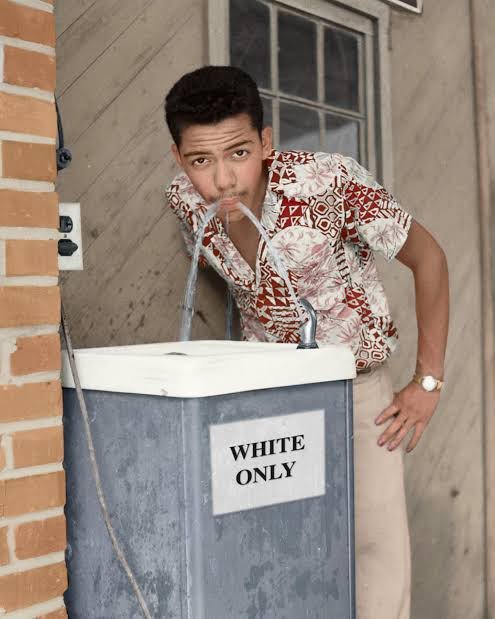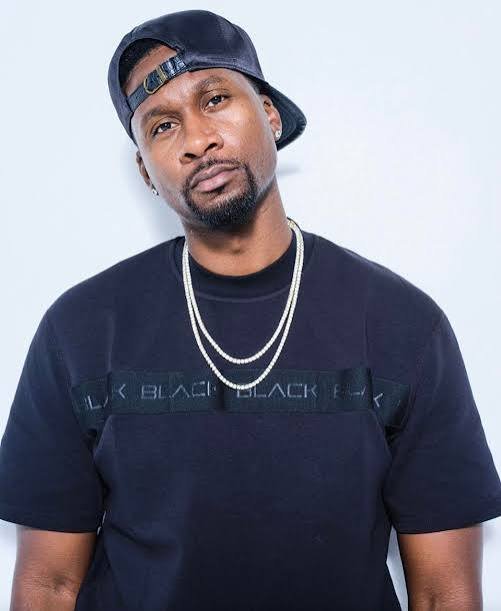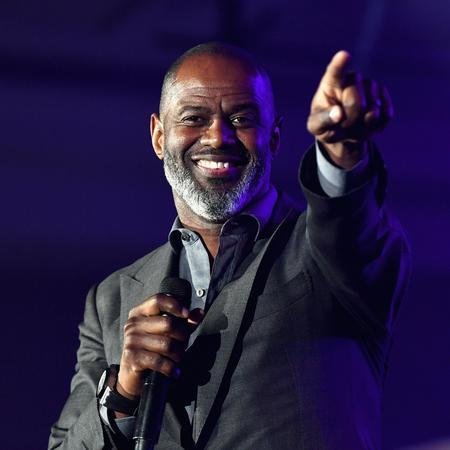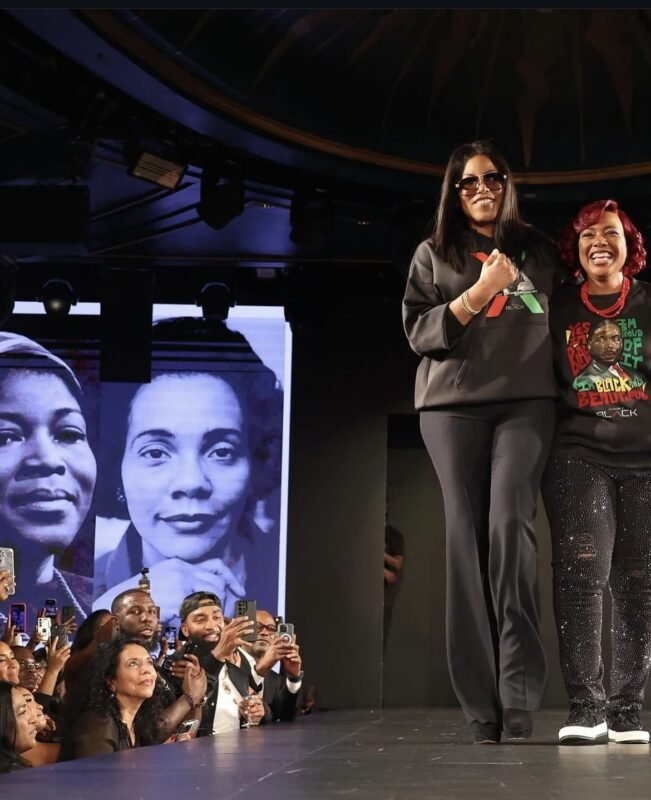South Carolina photographer and civil rights documentarian Cecil Williams has spent a lifetime capturing the struggle, pain, and resilience of Black America. This month, the man behind some of the most striking images of the Civil Rights Movement stepped into the spotlight himself — bridging past and present in a powerful way.
Williams, who is best known for chronicling South Carolina’s fight against segregation in the 1950s and 60s, once turned the camera on himself in a daring act of quiet resistance. As a young man, he photographed himself drinking from a “whites only” water fountain — a moment that challenged Jim Crow laws and embodied his belief that the lens could both document injustice and push back against it.
Decades later, at 87 years old, Williams is still using his presence to make statements. He recently participated in New York Fashion Week, walking in a runway show for Actively Black — a sportswear and lifestyle brand founded by former NBA player Lanny Smith. The brand has become a cultural force, merging fashion with social commentary while celebrating Black identity on the global stage.
For Williams, the runway appearance was more than a fashion moment. It was a continuation of the activism he began as a teenager — showing that the fight for representation and equality extends across generations and mediums.


L-R: 1956 photo of Civil Rights Activist and Photographer, Cecil Williams, drinking from a “Whites Only” water fountain, Photo Credit: Cecil Williams; and Actively BLACK CEO and Founder, Lanny Smith; Photo Credit: Actively BLACK
“History isn’t just something you read in books. It lives in us, in what we wear, how we walk, and the stories we tell,” Williams shared with Smith during his one on one interview about his work.
His participation in Actively BLACK’S fashion show symbolized that history isn’t locked in the past, it’s evolving, and he’s still helping to shape it. From defying segregation signs to standing tall in high fashion, Cecil Williams reminds us that the struggle for dignity and visibility is ongoing.
His journey is proof that resistance can be documented through photographs, embodied through presence, and carried forward through culture.




